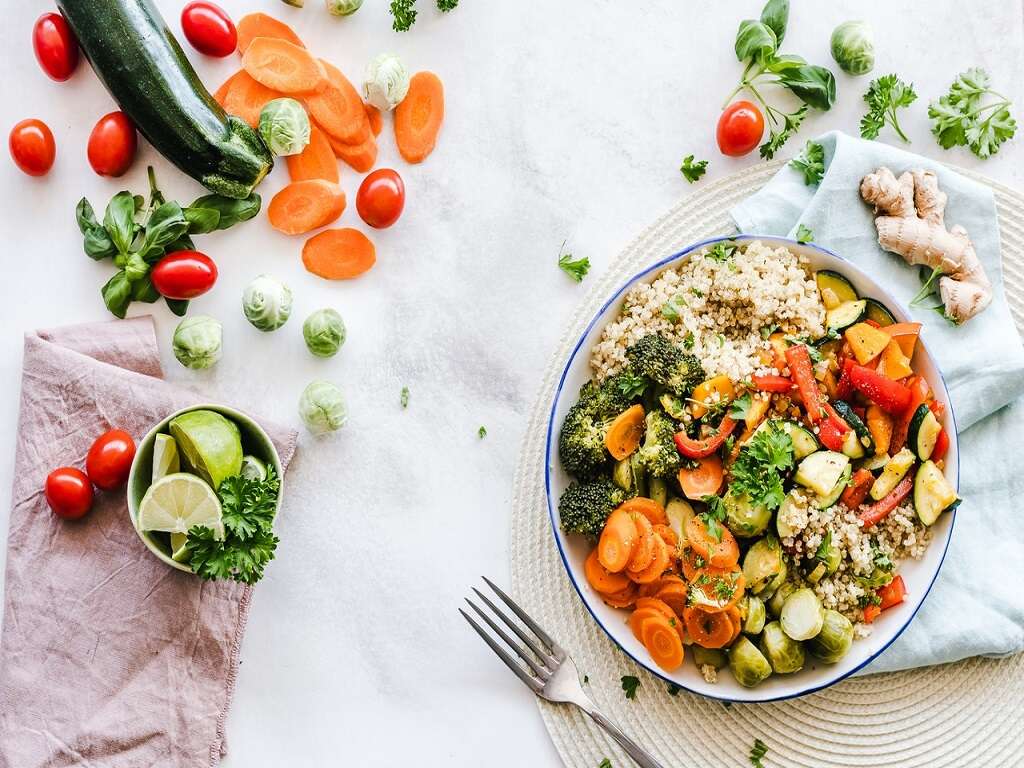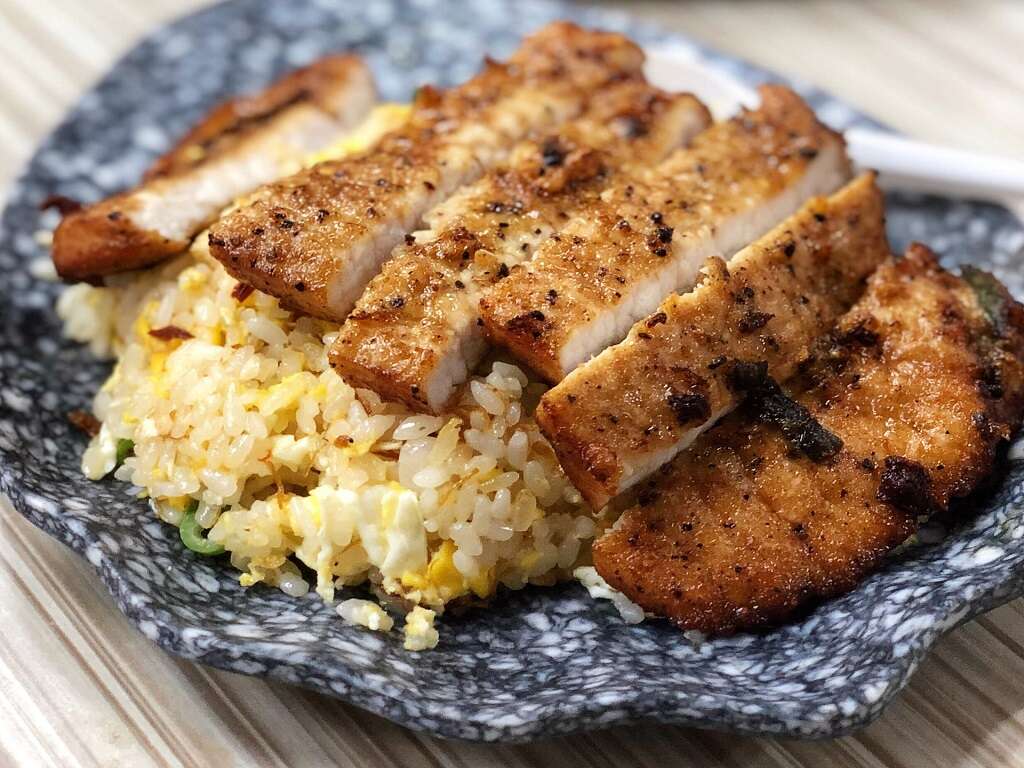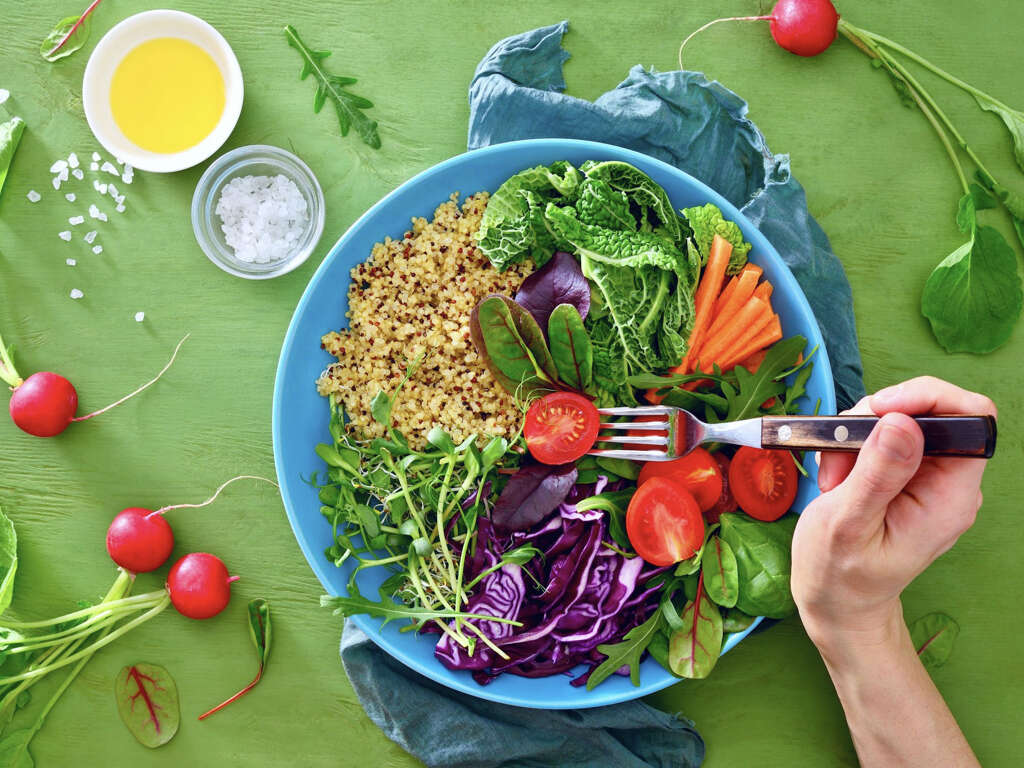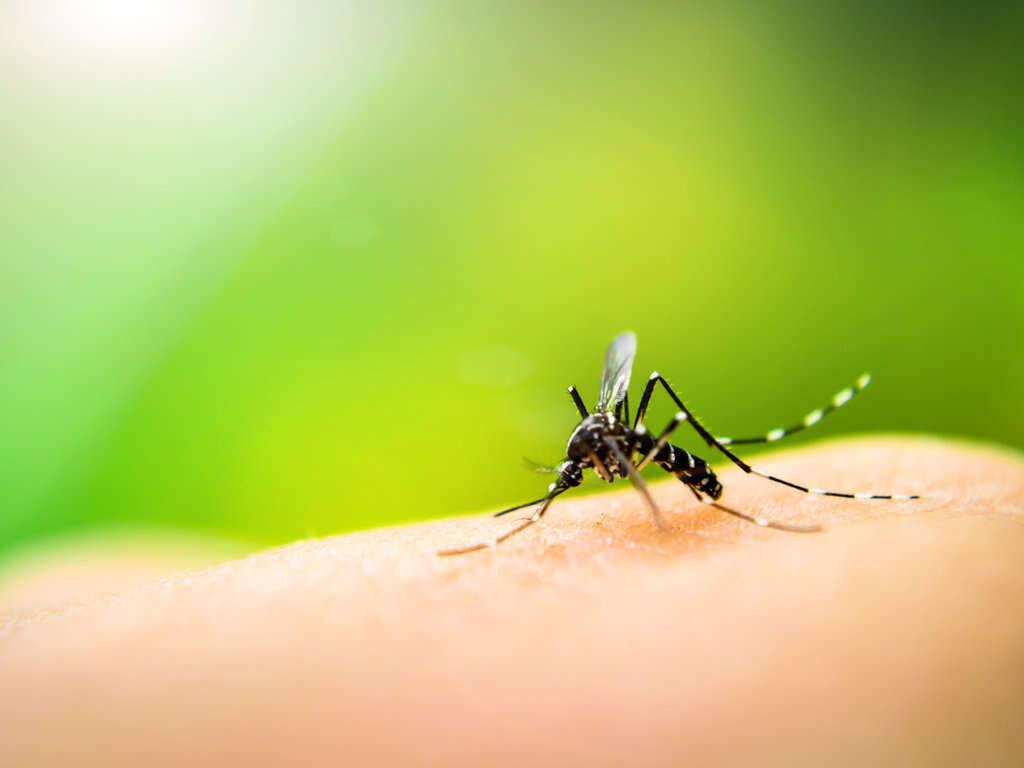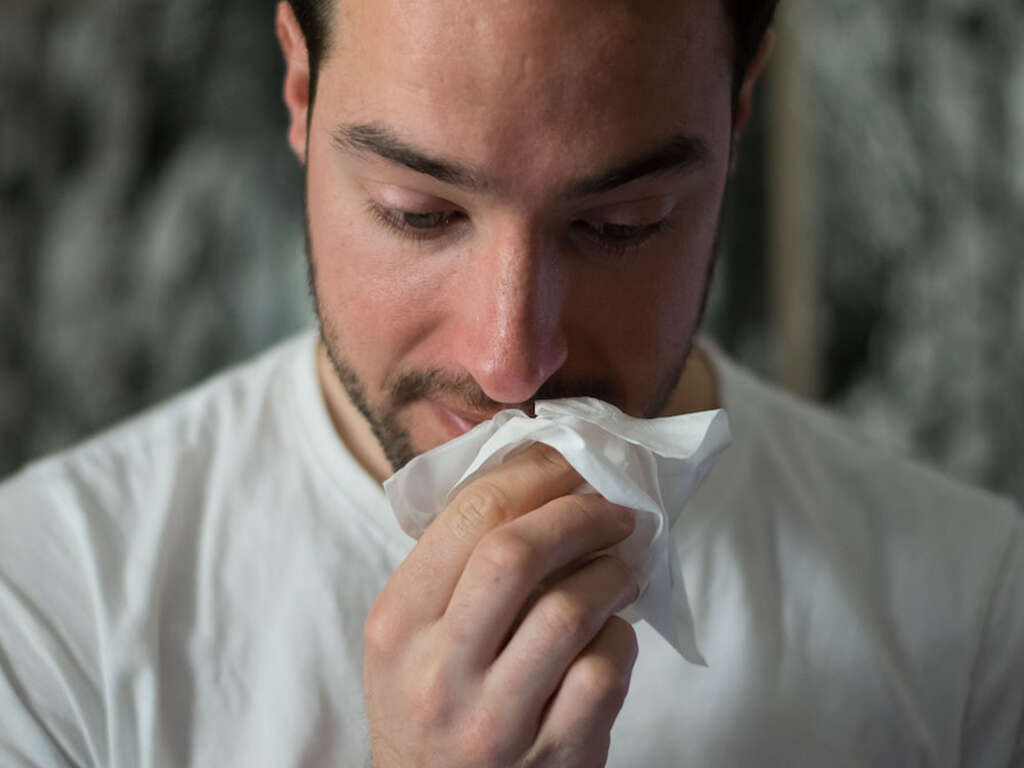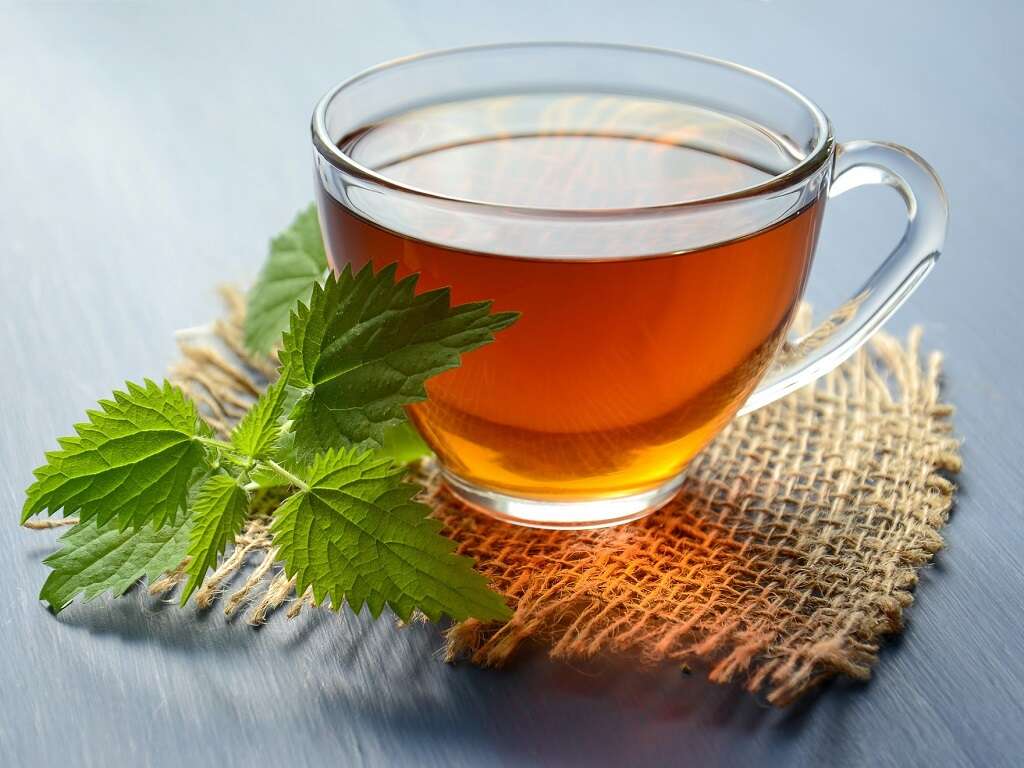10 Candida Diet Foods to Eat
 Article Sources
Article Sources
- 1. ND, Eric Bakker. 'Is Fish Oil Good for Yeast Infections', 22 June 2020. Yeastinfection.org, www.yeastinfection.org/is-fish-oil-good-for-yeast-infections.
- 3. Atai, Zahra, et al. 'Inhibitory Effect of Ginger Extract on Candida Albicans.' American Journal of Applied Sciences, vol. 6, no. 6, 2009, pp. 1067–1069., doi:10.3844/ajassp.2009.1067.1069.
- 4. Kolaczkowska, Anna, et al. 'The Antifungal Properties of Chicken Egg Cystatin AgainstCandidayeast Isolates Showing Different Levels of Azole Resistance.' Mycoses, 2009, doi:10.1111/j.1439-0507.2009.01722.x.
Friendly bacteria grow and other microorganisms are naturally found in the gastrointestinal tract and are a vital part of the healthy microbiota of the gut. Unfortunately, an overgrowth of the naturally occurring candida fungi can release toxins into the body. Fatigue, thrush, skin infections and headaches are common symptoms of candida overgrowth. Otherwise known as a yeast infection, candida colonies can be controlled through diet.
Candida is fed by sugar, starch and alcohol. A candida diet starves the yeast fungus, restoring the body back to its normal balance. Some people choose to follow a so-called Candida diet to inhibit the growth of this common fungus.
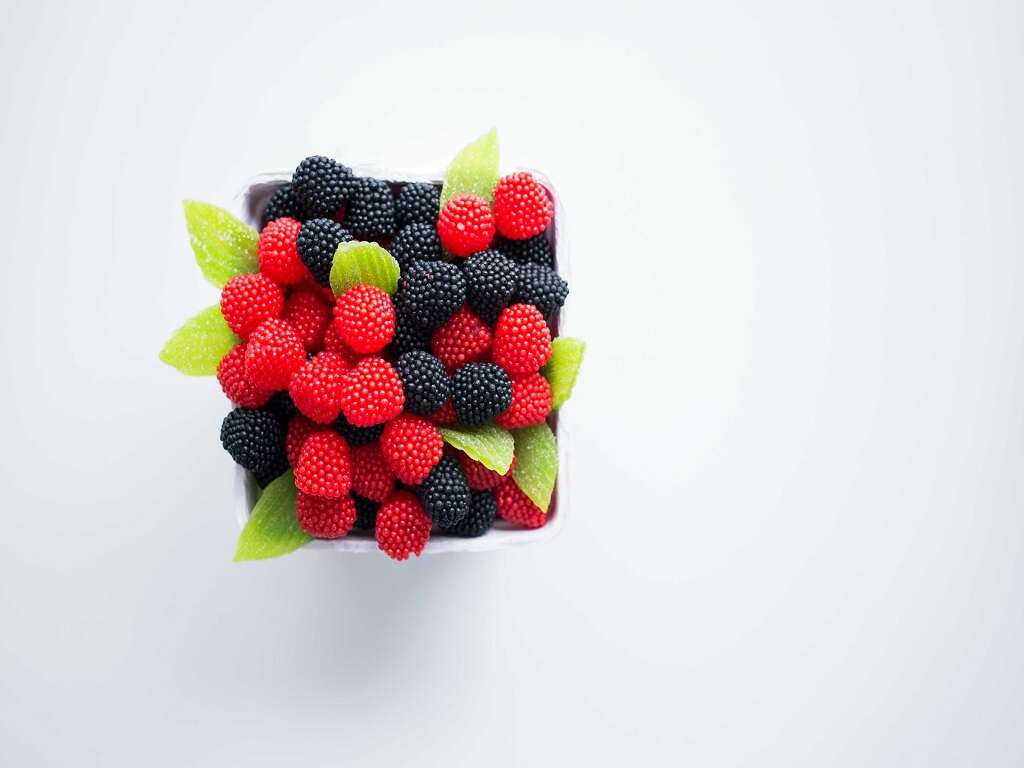
1. Salmon
Omega-3 fatty acids have both anti-inflammatory and antimicrobial properties. These essential fatty acids, which are found naturally in wild salmon, may help limit the growth of yeast. A daily dose of 0.4 to 2 grams of these essential fatty acids is typically recommended to help fight against candida overgrowth.1ND, Eric Bakker. ‘Is Fish Oil Good for Yeast Infections’, 22 June 2020. Yeastinfection.org, www.yeastinfection.org/is-fish-oil-good-for-yeast-infections. This equates to just one small serving size of salmon, which contains roughly 1.8 grams of omega-3 goodness.
Adding salmon to a candida diet is an excellent way to reduce an overgrowth, and wild or freshly caught salmon are healthier choices than farmed salmon.
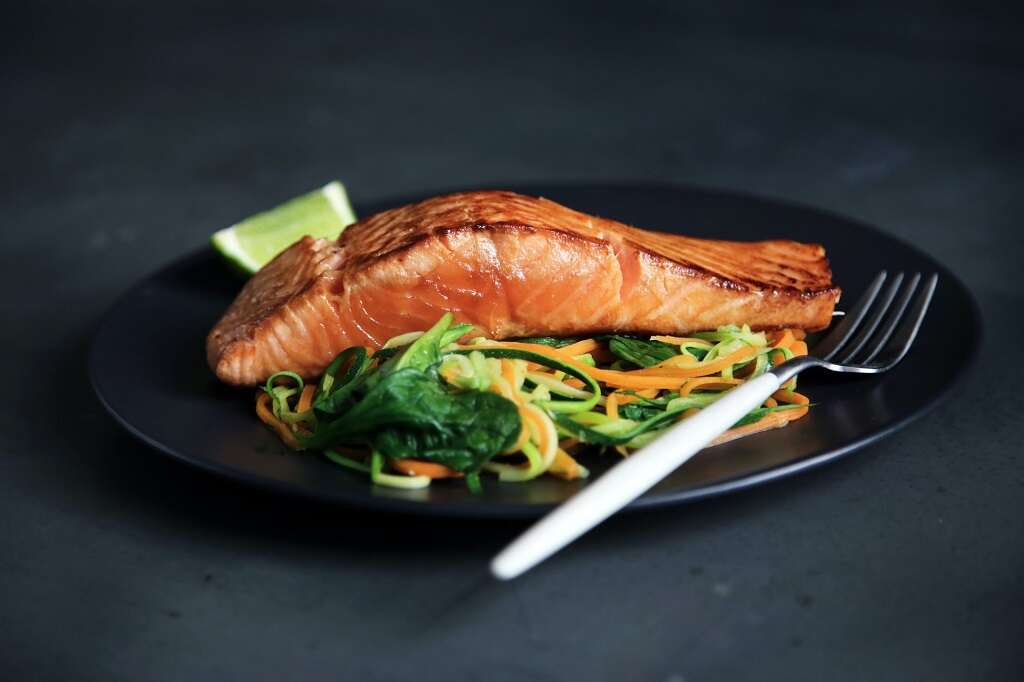
2. Cinnamon
Cinnamon is a crucial part of any candida diet. It's a versatile spice that can be used in food and drinks and contains a powerhouse of health benefits. Boasting antiviral, antibacterial and antifungal properties, cinnamon certainly rivals other spices.
Individuals can use cinnamon oil to make tea or use the bark to flavor meals. Cinnamon oil may also break down candida albicans cells, the leading cause of genital yeast infections.[[2]]
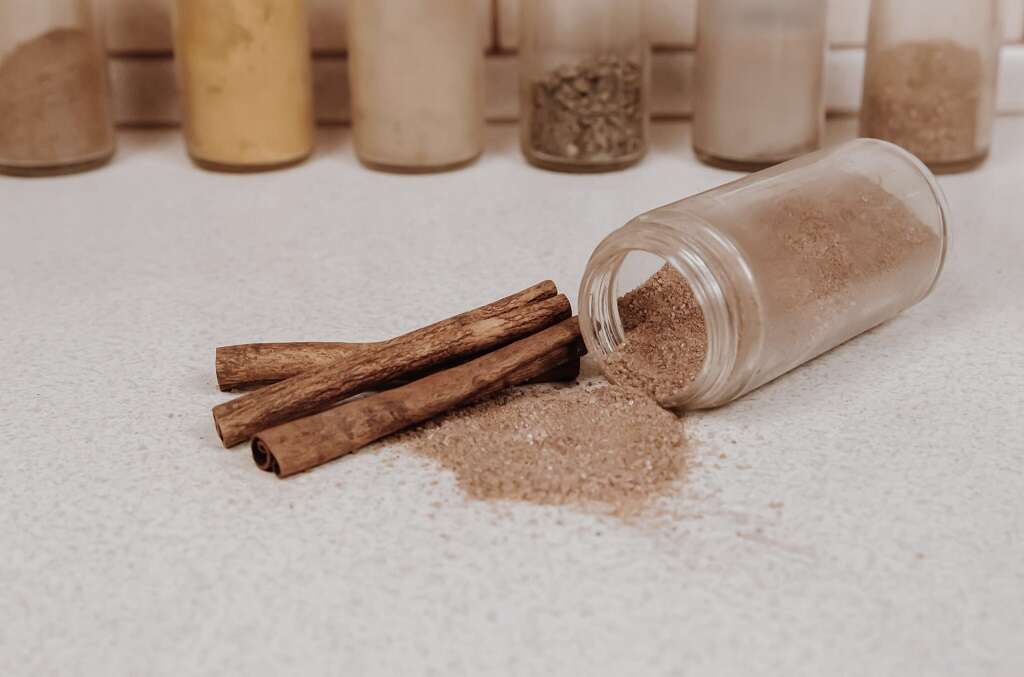
3. Lemons
Lemons are one of the fruits that can be used to combat candida naturally. Their natural detoxing properties can help the liver fight off unwanted toxins. Lemons might have an important alkalizing effect on the body, and the juice of one to two lemons per day could make a difference.
Lemons also stimulate peristalsis of the colon, which helps the body get rid of waste. A healthy and balanced digestive system with good bacteria is key to preventing candida from monopolizing the body.
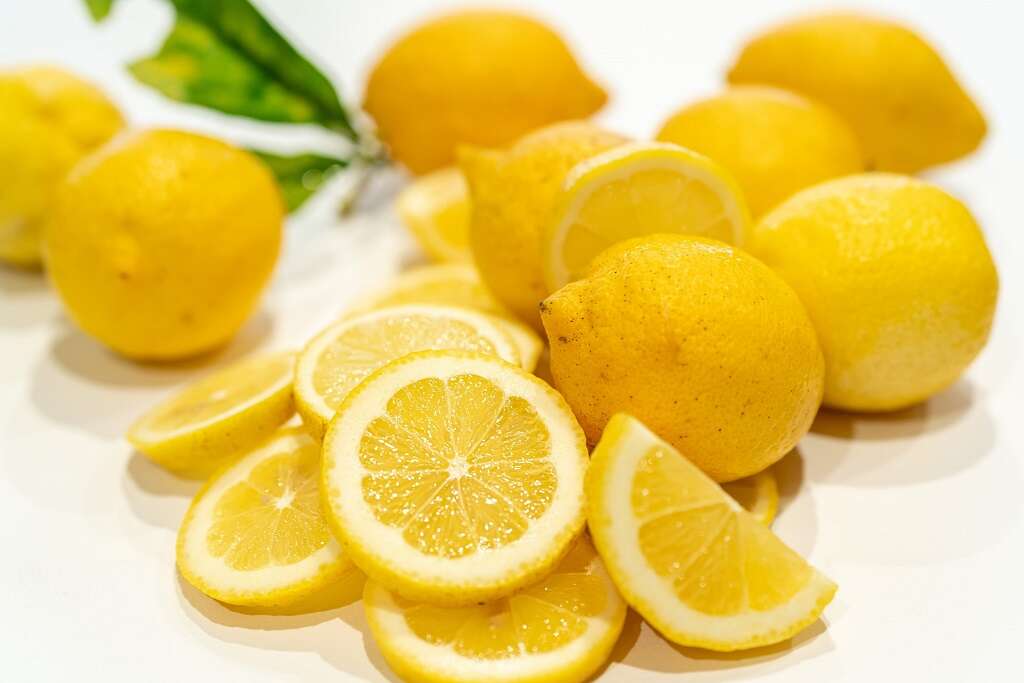
4. Ginger
The fiery ginger root contains a wealth of antifungal and anti-inflammatory properties, which can have a detoxifying effect on the body. Ginger can help reduce inflammation caused by candida overgrowth in the gut and may help prevent the infection.
Studies indicate that ginger extract could be promising in treating oral candidiasis.3Atai, Zahra, et al. ‘Inhibitory Effect of Ginger Extract on Candida Albicans.’ American Journal of Applied Sciences, vol. 6, no. 6, 2009, pp. 1067–1069., doi:10.3844/ajassp.2009.1067.1069. Three to four grams of raw ginger extract per day is all that's needed to support a candida diet. The easiest way to eat raw ginger is to blend or juice it.
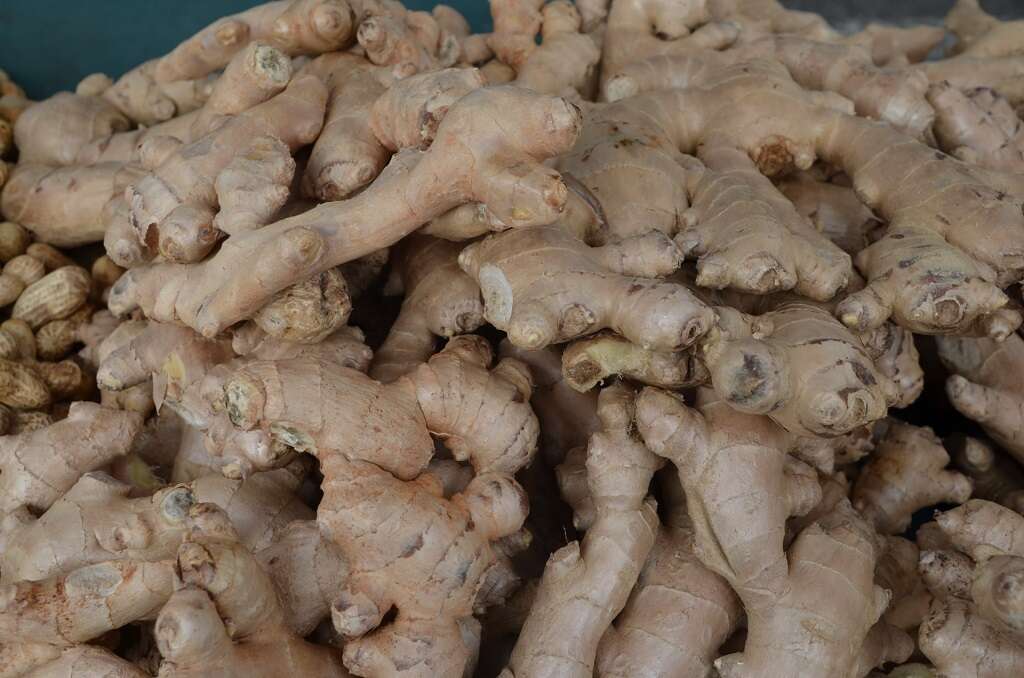
5. Cruciferous Vegetables
Cruciferous vegetables belong to the cabbage family, and they're ideal for a low starch diet, which is essential for a candida eating plan. Starch turns into sugar, which promotes candida overgrowth, so high carbohydrate vegetables should be avoided while attempting to restore balance.
Examples of low starch cruciferous vegetables include brussels sprouts, broccoli, cabbage, kale, collard greens and cauliflower. Some cruciferous vegetables may cause stomach upset if consumed raw when you have Candida overgrowth. Try cooking them instead and see if you can tolerate them.
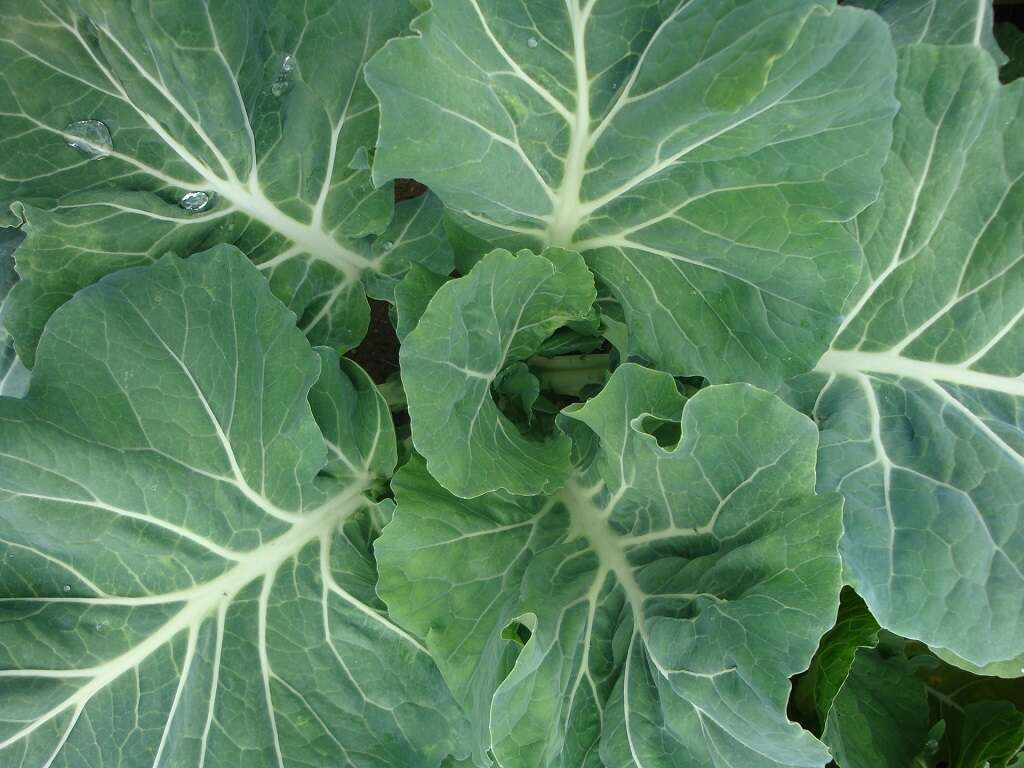
6. Berries
Sugar is candida's best friend. Fruits that are high in sugar should be avoided, as they could encourage the growth of yeast colonies. Blueberries, raspberries, maqui berries, strawberries and cranberries contain potent antioxidants and are low in sugar compared to other fruits.
Incorporating berries into the diet may help starve yeast infections. The recommended daily allowance is 85 grams, and it's best to avoid drupe and pome fruits, such as mangoes, pears and apples.
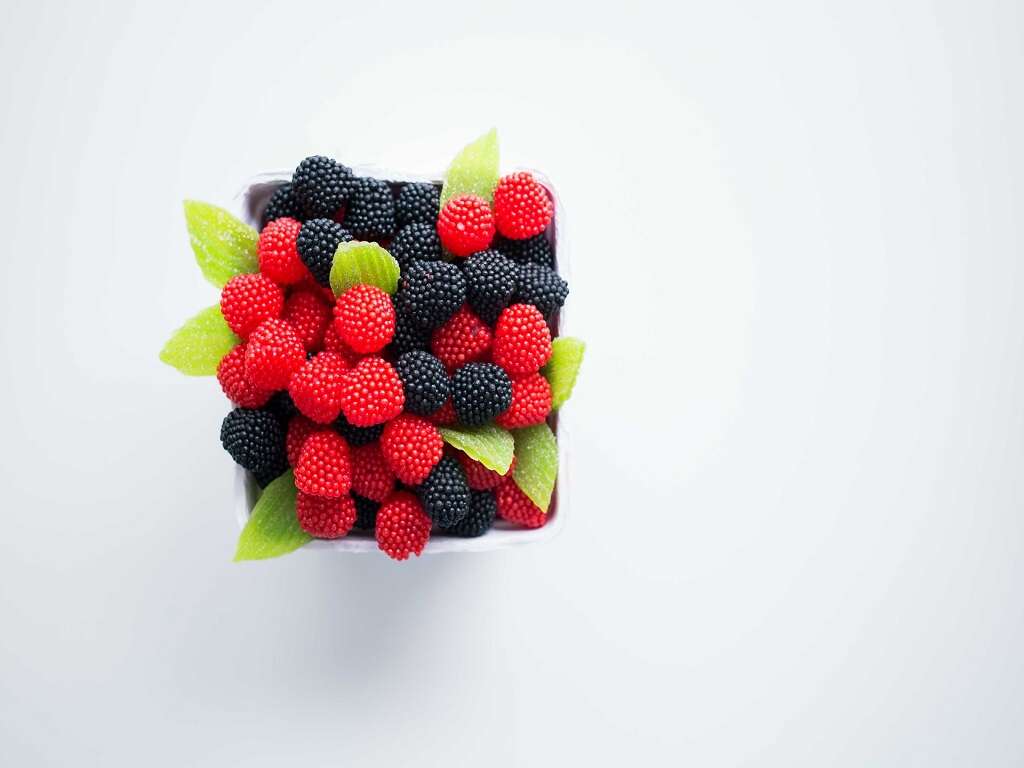
7. Probiotic Yogurt
The gut needs a certain level of healthy bacteria to aid digestion. Probiotics are live microorganisms that are considered good bacteria in the gut. To keep a healthy balance, individuals can add probiotic yogurt to their candida diet.
Eating yogurt is particularly good for preventing more localized candida outbreaks, which present as yeast infections in the vaginal area. Eating yogurt that is unsweetened and rich in probiotics would be a great addition to the Candida diet. Kefir is also a rich probiotic food.

8. Eggs
A candida diet is not a restrictive vegetarian or vegan diet. Foods that can help fight candida range from fruits and vegetables to protein rich foods. Eggs are a source of lean protein, and they're easy to incorporate into just about any meal.
Chicken eggs contain an antifungal compound called cystatin.4Kolaczkowska, Anna, et al. ‘The Antifungal Properties of Chicken Egg Cystatin AgainstCandidayeast Isolates Showing Different Levels of Azole Resistance.’ Mycoses, 2009, doi:10.1111/j.1439-0507.2009.01722.x. Cytastin shows some potential to help fight off bad bacteria and can balance the microbiota of the gut.
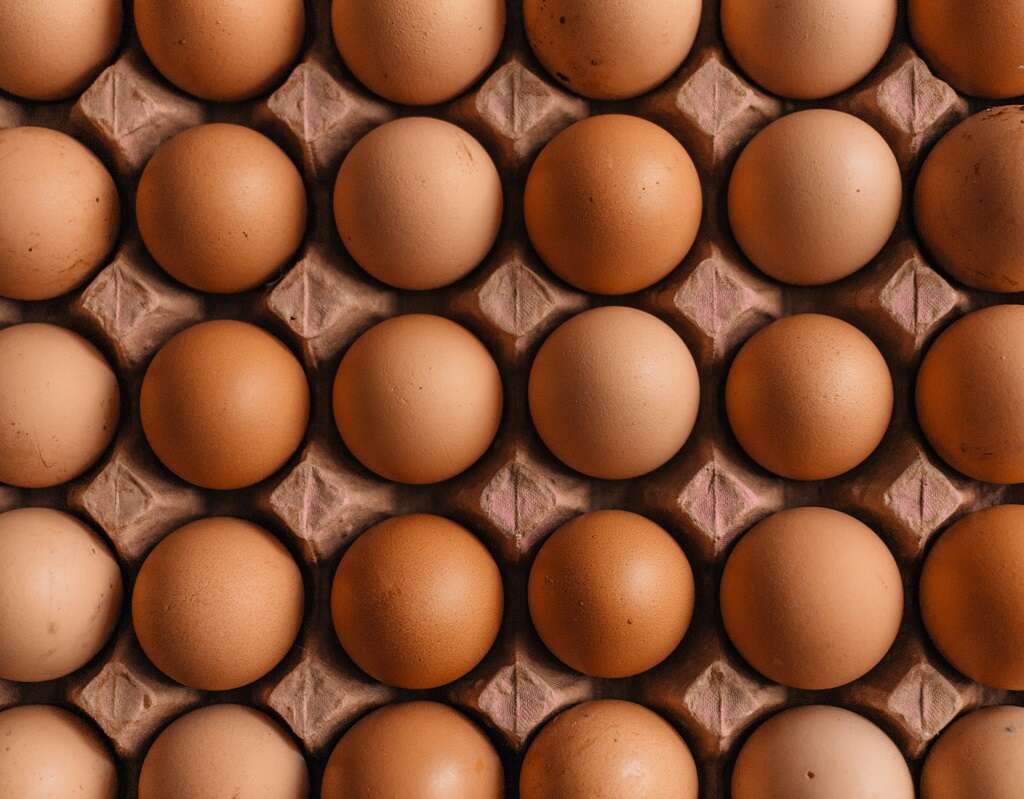
9. Garlic
The unmistakable potent smell that comes from garlic is caused by a compound called allicin. This oily substance is released when garlic is crushed or chopped and offers a powerful array of health benefits. Allicin may prohibit the growth of candida fungi in the mouth.
Garlic's properties kill microorganisms and contain strong antibacterial, antifungal and antioxidant properties. Eating raw garlic is a great source of essential nutrients and other antioxidant compounds.
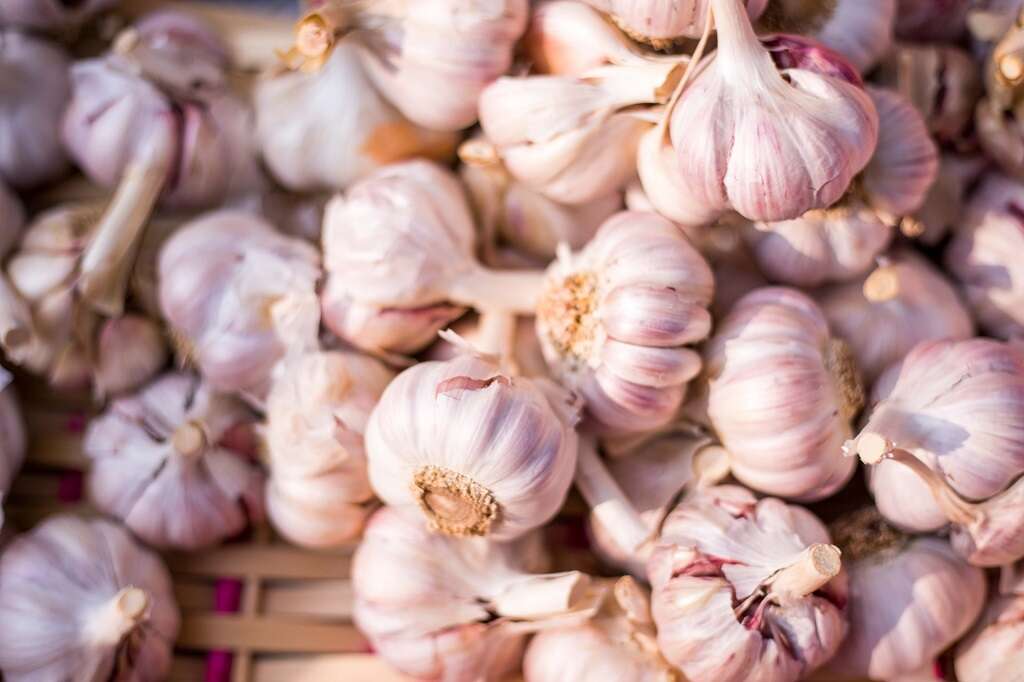
10. Coconut Oil
Candida albicans is responsible for many fungal infections. Using coconut oil can help with many aspects of an infection, as it can be ingested and used externally. Renown for its antifungal properties, coconut oil may help control a Candida overgrowth in the digestive tract.
Individuals can use coconut oil as a mouthwash for oral thrush, apply it to the skin for fungal infections and use it in a variety of tasty dishes.



